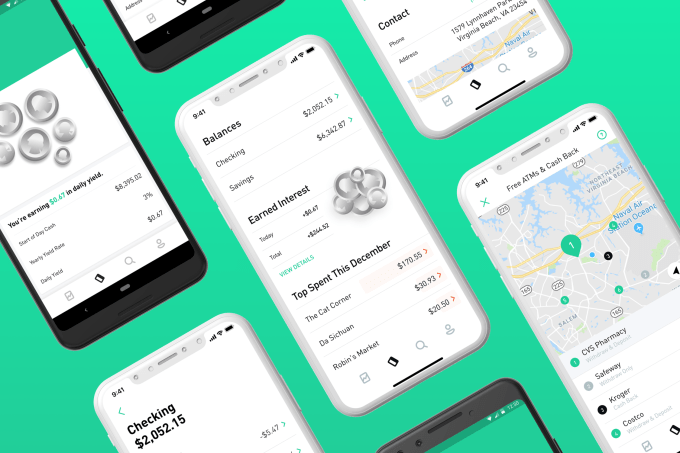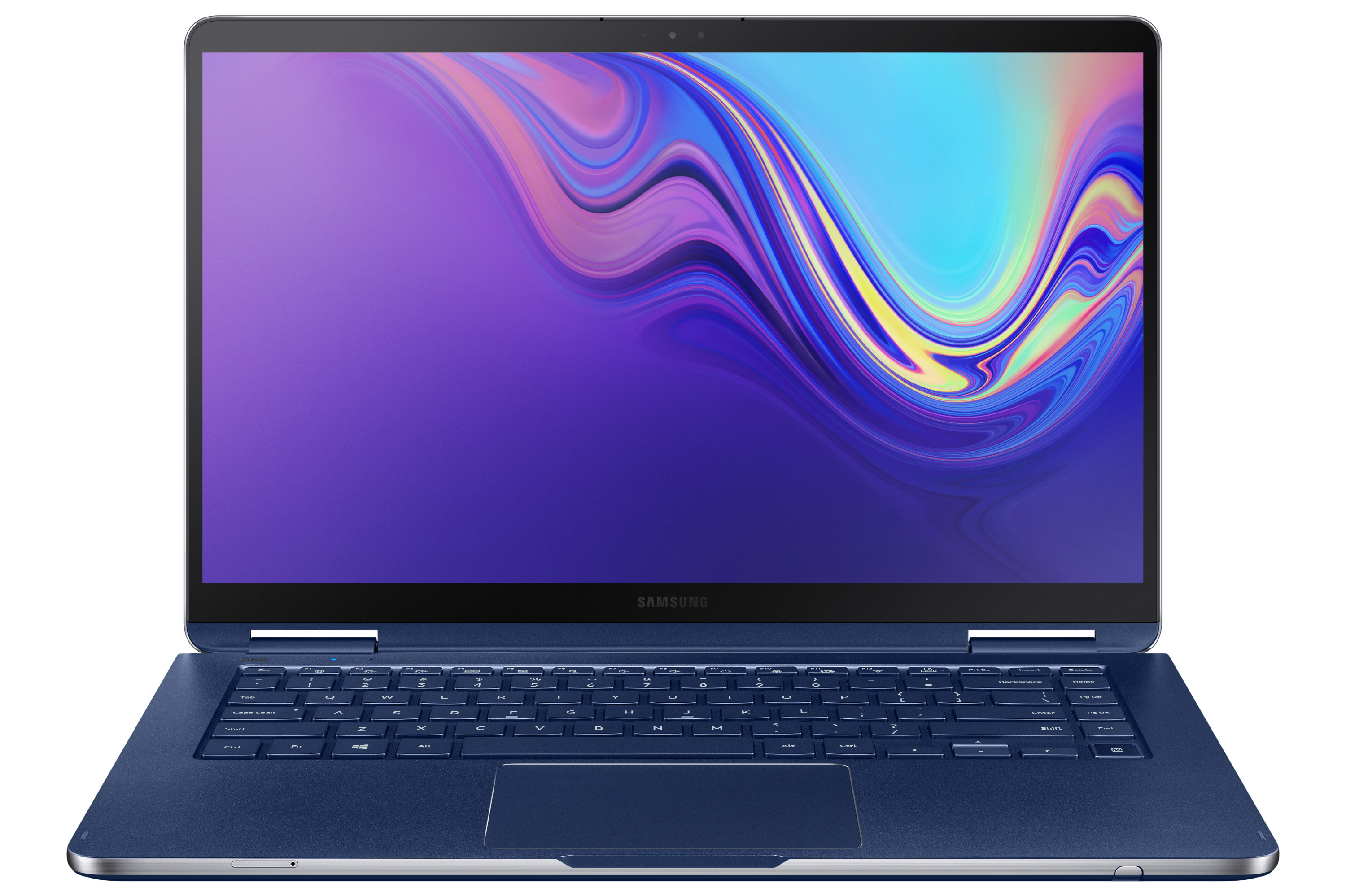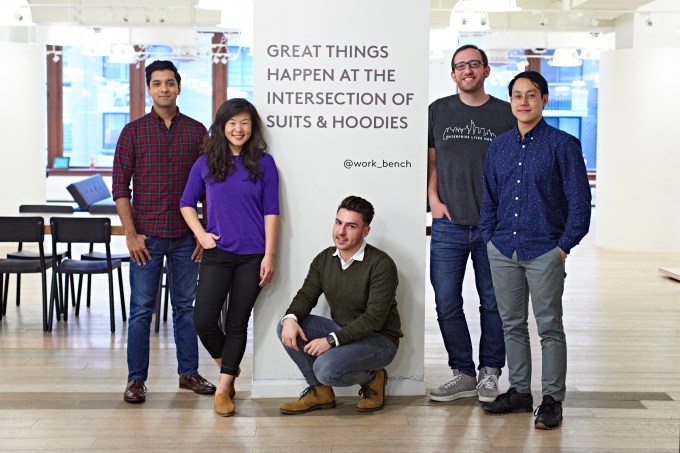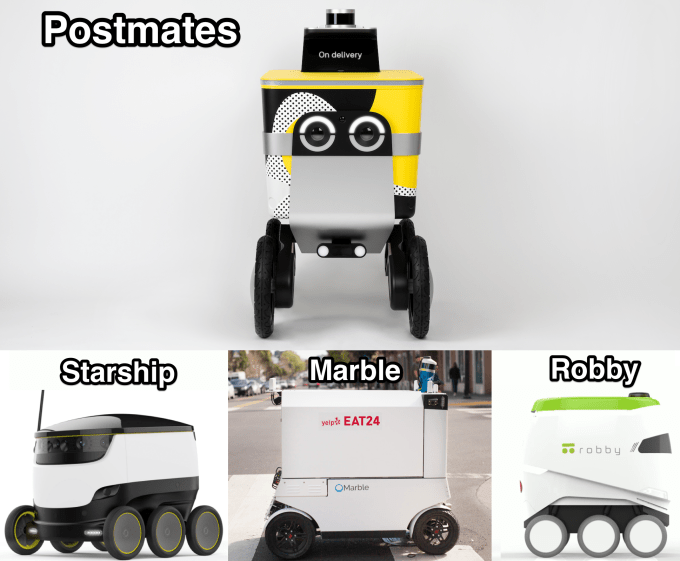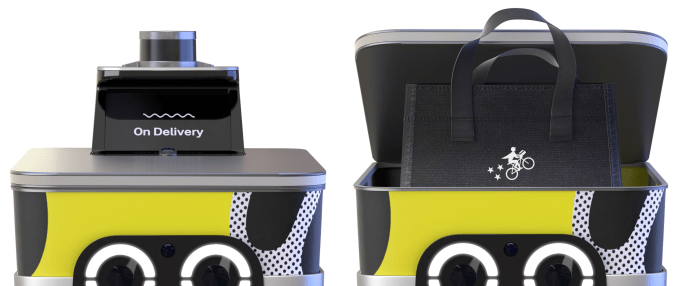Amazon will again enable procrastinators to hold off on completing their Christmas shopping until the last minute. The company today announced it will offer free, two-hour delivery up until midnight on Christmas Eve, powered by Prime Now, in select markets. Prime Now is currently available across 30 U.S. cities, Amazon says. In addition, Prime members in over 10,000 cities and towns now have access to free same-day delivery and free one-day shipping up until the final days before Christmas.
Specifically, December 23 is the last day for one-day shipping, while December 24 is the last day for same-day delivery, if orders are placed by 9:30 AM local time.
Two-hour delivery through Prime Now, however, is available through December 24, if orders are placed by 9:15 PM local time.
Of course it would be a better world if people didn’t rely on Amazon for their last-minute Christmas Eve needs, so the poor workers could go home and be with their families, too. But that’s no longer the world we live in. We now shop for Black Friday sales starting as soon as our turkey digests on Thanksgiving Day. And even brick-and-mortar retailers are keeping their doors open on holidays like Christmas, because of consumer demand. Stores like Starbucks, Walgreens, CVS, 7-Eleven, and more stay open on Christmas, for example.
On the e-commerce front, meanwhile, there are an increasing number of options for faster delivery.
Over the course of 2018, Amazon has expanded its free, same-day delivery and free, one-day shipping to more markets. Last year, these shipping services were available in over 8,000 cities and towns, up from 5,000 in 2016. The services are now offered in more than 10,000 cities and towns. That also means faster shipping is no longer just a luxury for those in major urban metros, but has expanded to smaller towns as well.
Amazon this year is also extending free shipping to all customers in the U.S. through December 18 – even if you’re not a Prime member.
Amazon is not the only retailer trying to court shoppers through free shipping deals.
Ahead of the holidays, Walmart expanded the number of items available for free two-day shipping to include the millions of items from marketplace sellers, which would roll out in the months following the fall announcement. And Target took on both Amazon Prime and Walmart with its launch of free, two-day shipping on hundreds of thousands of items, without a minimum purchase or membership fee.
A few other key dates for last-minute Amazon shopping are as follows:
- Dec. 18 (extended): Last day for free shipping with no minimum purchase amount, free for all customers
- Dec. 18: Last day for standard shipping, free for Prime members
- Dec. 22: Last day for two-day shipping, free for Prime members
- Dec. 23: Last day for one-day shipping, free for Prime members in eligible areas
- Dec. 24: Last day for same-day delivery, free for Prime members in eligible areas (order by 9:30 a.m. local time or earlier)
- Dec. 24: Prime Now offers free two-hour delivery windows, reserved exclusively for Prime members in eligible areas (order by 9:15 p.m. local time or earlier)
- Dec. 24: Whole Foods Market stores, Amazon Books, Amazon 4-star, Amazon Pop-up device kiosks open Christmas Eve (store hours vary by location)
- Dec. 25: Give the gift that keeps on giving – Amazon Gift Cards and Amazon Prime

